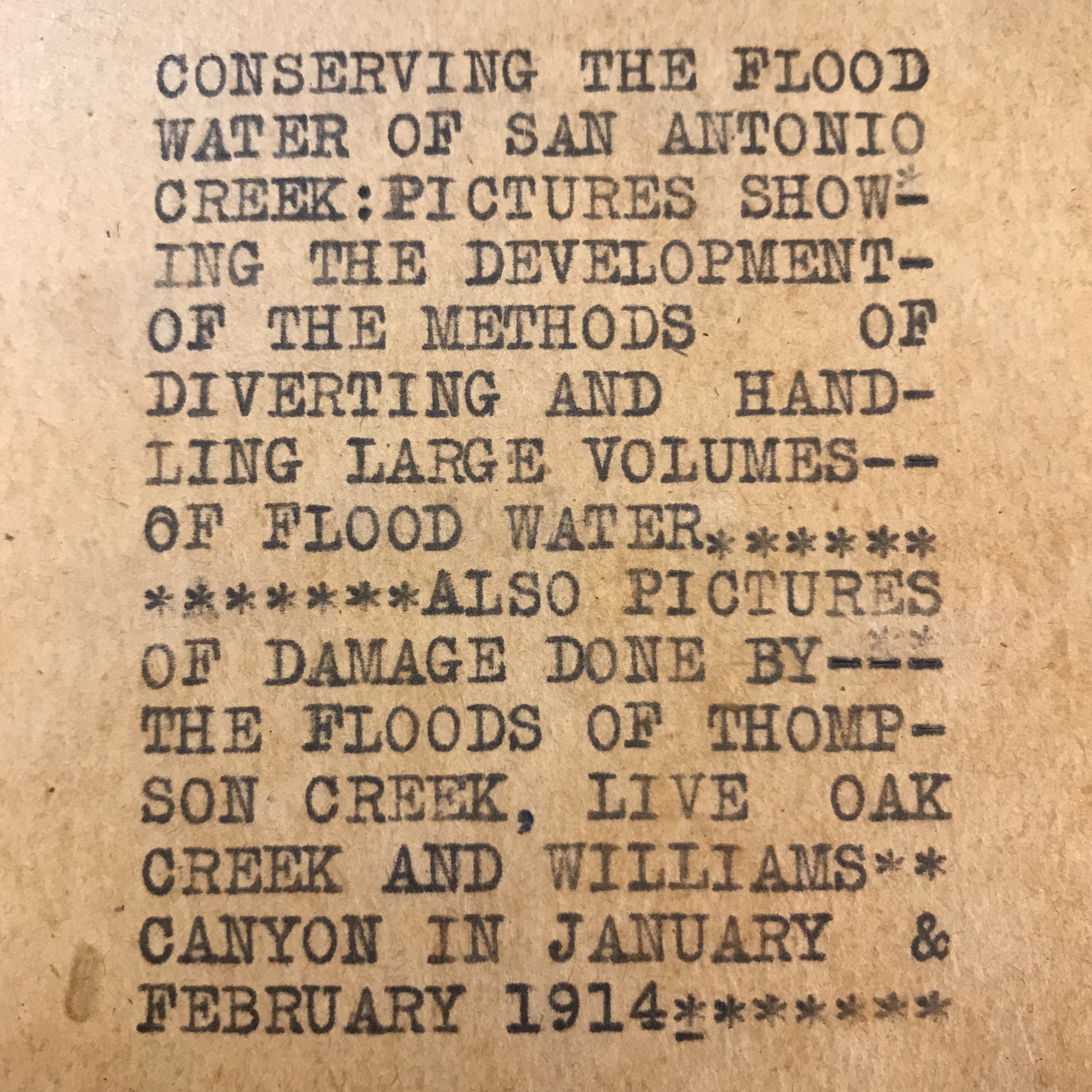This is my
last day as a CLIR CCEPS Fellow. Next week I put my graduate education to work
at a new job I am very excited about! I’ve worked on the Digitizing Southern
California Water Resources project for nearly a year and I feel like I’ve learned
and accomplished so much. In fact, I looked back at what I have done to further
the project and here are only a few quantifiable statistics about what I have
done over the last 10 months:
I have
scanned 1,809 pages
I have done
metadata for 2,795 items
I have
uploaded 1,319 items onto The Claremont Colleges Digital Library
I have posted
28 social media posts (across three different social media platforms it would
actually amount to 84 discrete posts)
I have written
40 blog posts
When I look
at what I have been able to accomplish just in sheer numbers, I am taken aback.
I know I have worked hard during my time as a CLIR CCEPS Fellow, but to be able
to quantify these tasks is amazing.
One statistic
I didn’t have time to track down was how many podcasts I have listened to while
working here. I know it exists and I know it would startle you as much as it
would startle me. Let’s just say, it must be in the hundreds by now, and no, I
am not being hyperbolic.
There are,
of course, unquantifiable experiences that I have had during my time here.
There is no statistic that properly conveys how much I have enjoyed working
with Tanya, the other CLIR CCEPS Fellows, and the rest of the library staff. I
consider them friends as much as colleagues and it is bittersweet to leave this
position because it means I won’t be able to work with these wonderful, intelligent
people anymore.
The CLIR
CCEPS Fellowship has been a huge feature of my graduate education. It has
complemented my interests in Cultural and Museum Studies and it has provided me with skills that will undoubtedly assist me in my new job and future career. For this,
I am endlessly grateful to The Claremont Colleges Library, the Special Collections,
and The Council on Library and Information Resources for making my
participation in this project possible.
I will leave you with a
quote, written in 1887 by a resident of Ontario, California, that best
expresses my feelings about my time working here. “I have been bettered in coming here. I should hope you would
also.”
Normal
0
false
false
false
EN-US
X-NONE
X-NONE
/* Style Definitions */
table.MsoNormalTable
{mso-style-name:”Table Normal”;
mso-tstyle-rowband-size:0;
mso-tstyle-colband-size:0;
mso-style-noshow:yes;
mso-style-priority:99;
mso-style-parent:””;
mso-padding-alt:0in 5.4pt 0in 5.4pt;
mso-para-margin-top:0in;
mso-para-margin-right:0in;
mso-para-margin-bottom:10.0pt;
mso-para-margin-left:0in;
line-height:115%;
mso-pagination:widow-orphan;
font-size:11.0pt;
font-family:”Calibri”,”sans-serif”;
mso-ascii-font-family:Calibri;
mso-ascii-theme-font:minor-latin;
mso-hansi-font-family:Calibri;
mso-hansi-theme-font:minor-latin;}
